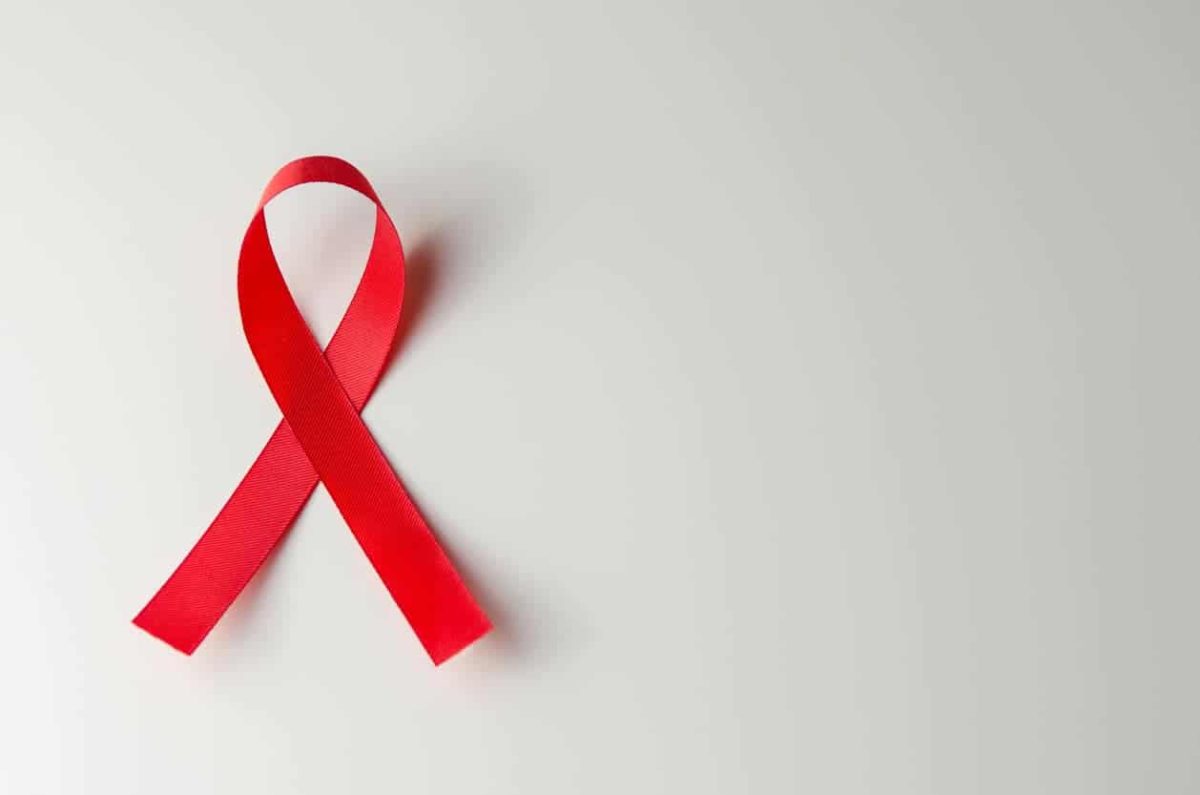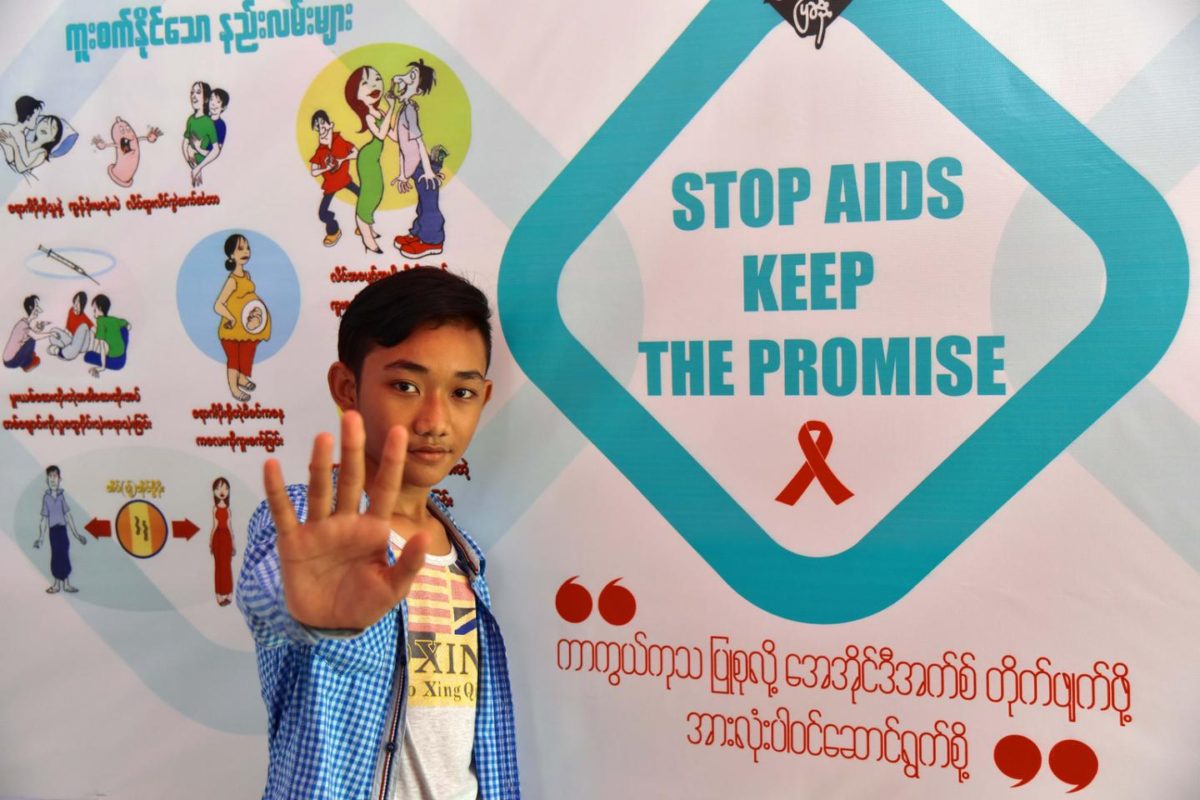The goal of ending the HIV/AIDS pandemic is achievable with Commitment in areas of focus. HIV continues to disproportionately affect adolescents and young people in many countries. About a third of new HIV infections are in people aged 15-25 years. In almost all countries where HIV affects many groups, young women aged 15–24 years are three to five times more likely than their male counterparts to have HIV.

In 1981 and 1982, when the first AIDS patients were seen in the United States, the median survival time for a person with AIDS was 1–2 years. In contrast, for a person of 20-some years of age with HIV infection being treated with combination antiretroviral therapy (ART) today, the projected life expectancy is ≈53 years AIDS-related deaths have been halved since 2005.
Increasing the number of persons living with HIV who receive ART will require continued optimization of treatment regimens and implementation of strategies to ensure prompt diagnosis, access to ART, adherence to drug regimens, and retention in care.
6 Areas Of Commitment To End AIDS
Six areas where new commitments, resources, and intensified efforts will be essential for the attainment of the 2030 target.
Bolstering combination prevention with new tools:
Strategically combining antiretroviral therapy with pre-exposure prophylaxis, as part of combination HIV prevention, could almost eliminate HIV transmission to HIV-negative sexual and drug-using partners.

Male and female condoms, in combination with lubricants, must continue to be the mainstay of prevention
programs. However, the full benefits of consistent condom use are yet to be realized. Innovations in condom programming could catapult the HIV response forward. The development of an effective topical microbicide and HIV vaccine would be powerful additions to an increasingly robust HIV prevention intervention portfolio.
Ensuring all people living with HIV know their status:
New HIV testing approaches, including self- and community-based testing, and new quality-assured testing technologies, promise to identify and link greater numbers of people living with HIV to early treatment and care, maximizing HIV prevention potential and treatment effectiveness. The strategic focusing of HIV testing services will be critical in reaching those most at risk and diagnosing people early.
Expanding quality treatment for all people living with HIV:

Filling the treatment gap, expanding from 17 million people to all people who are living with HIV, must be a priority and will massively curtail new infections and deaths. However, the initiation of antiretroviral therapy for everyone living with HIV will require an unprecedented effort from countries and partners. Specific attention must be given to addressing the greatest inequities in access to treatment – to reach those left behind: infants, children, adolescent girls and boys, men, and key populations.
The quality of medicines and services must be assured. Strategies that are adopted should target maximizing treatment adherence and retention in care will be essential to fully realize the potential of treatment.
Keeping people healthy and alive through person-centered and holistic care:
Linkages between HIV services and those for tuberculosis, viral hepatitis, and other major health issues are significantly helping to reduce morbidity and mortality.
Strengthening those linkages, including non-communicable disease services, will ensure holistically
and integrated person-centered care, boosting the overall impact of programs. Joint HIV and tuberculosis programming in countries with the highest burden of tuberculosis and HIV coinfection further strengthen integration, enhancing access to life-saving interventions, while maximizing efficient use of resources.
Using a chronic care model for HIV treatment and care offers opportunities for addressing broader health needs, particularly non-communicable diseases, and mental health and substance use disorders. Palliative care remains a critical component of a comprehensive health sector response, helping to ensure dignity and comfort for people in managing their pain and other symptoms.
Reaching and protecting those most vulnerable and at-risk:
Effective HIV prevention and empowerment interventions must reach girls and young women – a group that continues to be the most vulnerable and affected in many communities, particularly in the high-burden epidemics of subSaharan Africa.
Major new and focused investments will be required to strengthen community-based services to provide
- appropriate interventions for adolescents;
- tackle effectively gender-based violence, also related to harmful alcohol use;
- reduce the vulnerability of girls and young women;
- bring men and boys into treatment;
- reach key populations (notably men who have sex with men, people who inject drugs, sex workers, transgender people, and prisoners);
- expand harm reduction programs for people who use drugs, and deliver services to mobile and displaced populations. More has to be done to overturn laws and change policies that marginalize and stigmatize populations, promote risk behaviors,
- create access barriers to effective services, and perpetuate these inequities and inequalities.
Reducing costs and improving efficiencies:
In a resource-constrained environment with competing development priorities, an unprecedented scale-up in HIV services by 2020 can only be achieved by making radical savings through reduced prices of key medicines and other commodities and increased efficiencies in service delivery, along with a more rational allocation of resources.
Additional Benefits
An immediate, fast-tracked global response that achieves the targets set out in this strategy will effectively end the epidemic as a global public health threat

Modeling undertaken by UNAIDS shows that, in combination with high-impact prevention packages and a strengthened commitment to protecting human rights, an accelerated testing and treatment effort would:
• Reduce new adult HIV infections from 2.1 million in 2010 to 500 000 in 2020;
• Avert 28 million HIV infections between 2015 and 2030;
• Avert almost 6 million infections in children by 2030;
• Avert 21 million AIDS-related deaths between 2015 and 2030;
• Avoid US$ 24 000 million of additional costs for HIV treatment;
• Enable countries to reap a 15-fold return on their HIV investments.
Investments in HIV responses have the potential to significantly impact other health targets of the Sustainable Development Goal on health (Goal 3), including those related to maternal and child health, tuberculosis, viral hepatitis, noncommunicable diseases, and mental health, substance use disorders, sexual and reproductive health, and universal health coverage.
For more:
- https://apps.who.int/
- https://www.who.int/news-room/spotlight/why-the-hiv-epidemic-is-not-over
- https://www.ncbi.nlm.nih.gov/pmc/articles/PMC5823353/
Disclaimer
The Content is not intended to be a substitute for professional medical advice, diagnosis, or treatment. Always seek the advice of your physician or other qualified health provider with any questions you may have regarding a medical condition.